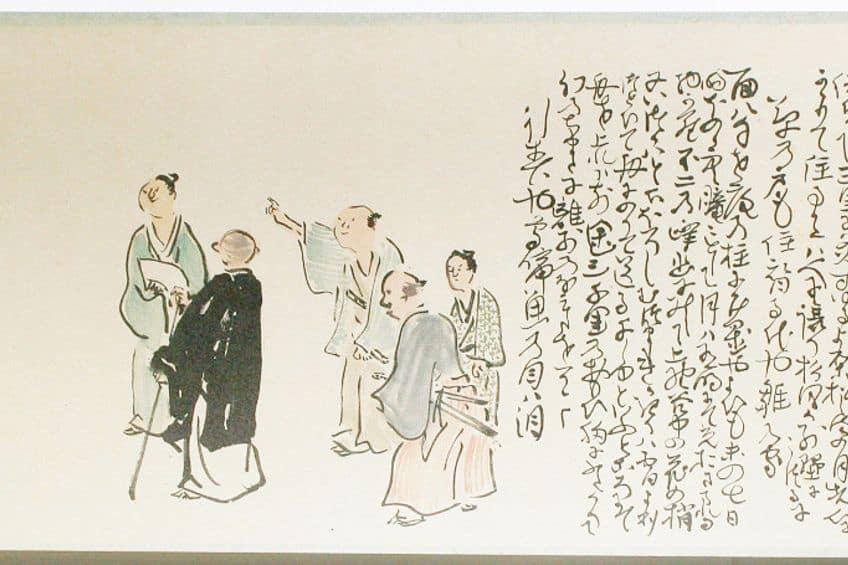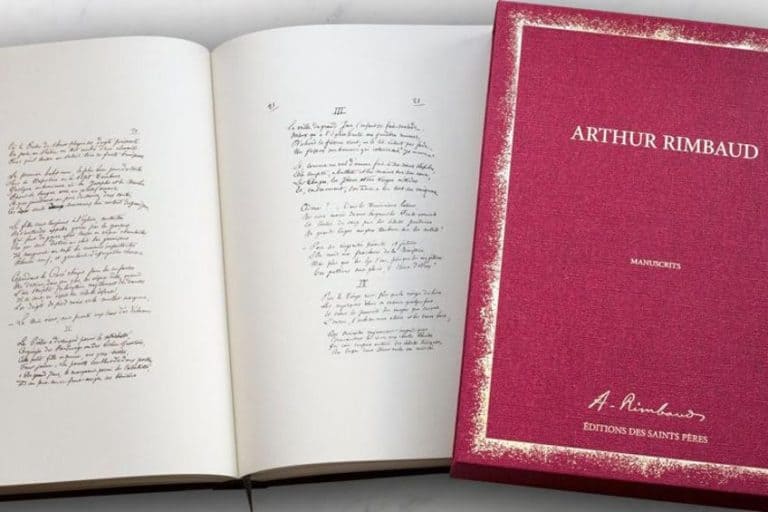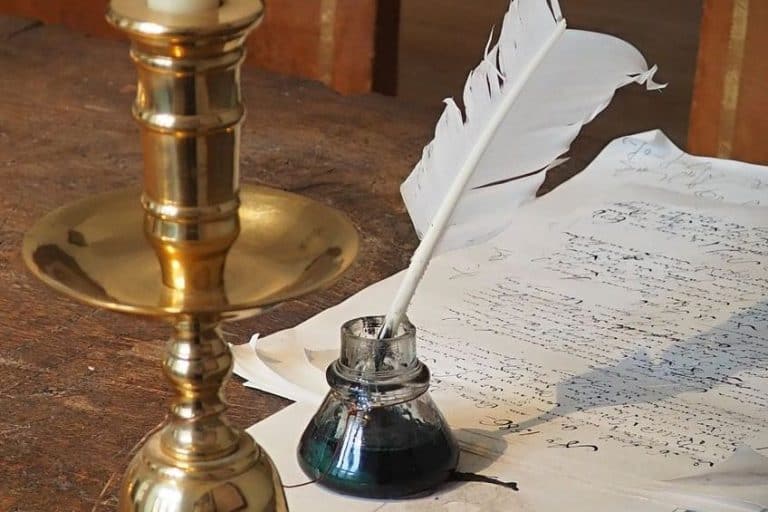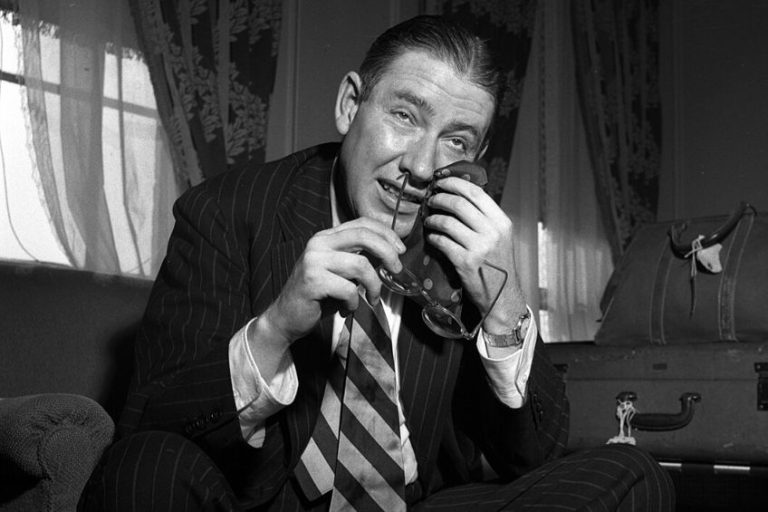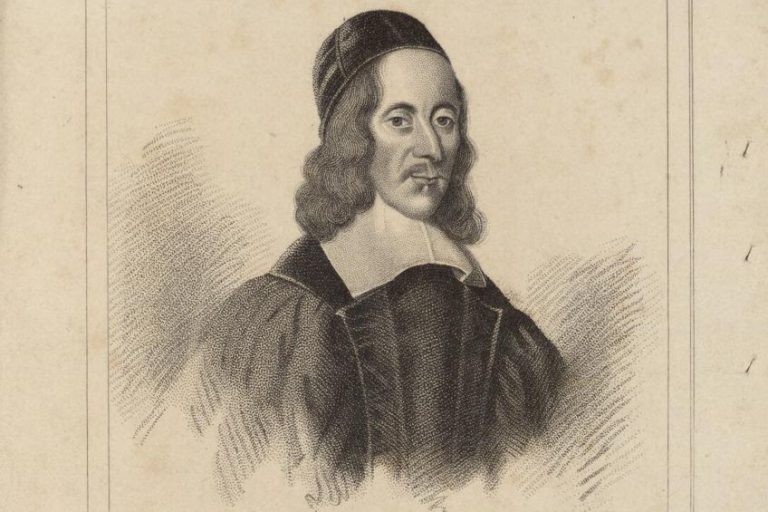What Is a Haiku? – The Art of Writing Japanese Haiku Poetry
Haiku is a well-known and ancient form of poetry that found its origin in Japan. Most poetry has words in lines that rhyme, but haiku does not rhyme and may not sound anything like an ordinary poem. When properly studied and understood, haiku poetry can give the reader a brief account of Japanese culture. To better understand this form of poetry and to try writing it yourself, let us now share with you more of this amazing art culture and its history in our article below.
What Is a Haiku Poem?
The word “haiku” is derived from Japanese and means starting verse. Japanese haiku is a Japanese poem that was originally written in one line, but today it is a Japanese poem in three lines, containing five, seven, and five syllables each, making a total of 17 syllables.
What is a haiku? Haiku is well known for its ability to paint a graphic and dramatic picture by only using a few words, which forces poets or writers to cut down on any unnecessary words, making each syllable and word count. United States scholars are taught haiku in grade school, and most students enjoy writing haiku because of its briefness.
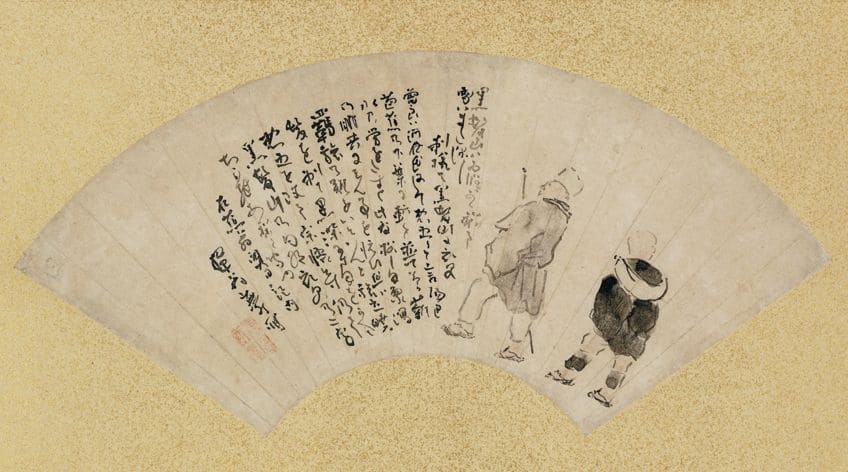
Haiku poetry focuses mainly on nature, emphasizing its intensity, and simplicity. The poem is usually concise, stating each point clearly, which is the main aim of all haiku poets. Most English haiku poems include a range of topics. Although haiku poetry may sound or look simple, it entails more than trying to keep within the syllable count.
The History of Haiku
Haiku has a very long history that originated in Japan, traditionally, only a few poets were found in Japan, and they have become respected and renowned over the years for their haiku poetry. Some of the main contributors to haiku poetry are Buson, Basho, Shiki, and Issa, but Basho is regarded as the most famous haiku poet.
The very first form of Japanese poetry was called “Renga” and was popular in the 13th as well as 14th centuries. This was a longer poem combining more than one poet and consisting of lines that are written back and forth.
The poem was controlled by a complex set of rules and was often written with three short phrases that contained five, seven, and five syllables like the modern-day haiku.
During the Edo period (1644 to 1867), a Japanese reformist poet known as Matsuo Basho (1644 to 1694) promoted a more humorous and relaxing form of Renga, which he called “Haikai”. With this new form of Japanese poetry, the poets could now experience a greater ability to express themselves with many variations in tone.
Japanese poets like Yosa Buson (1716 to 1784) and Kobayashi Issa (1763 to 1828) were able to describe mere mundane objects with a great sense of humor. During the Meiji period (1868 to 1912), Japanese poets like Masaoka Shiki (1867 to 1902), developed “hokku” poetry, making it more popular. Then in the 19th century, hokku became known as haiku and is today a fully independent style of poetry.
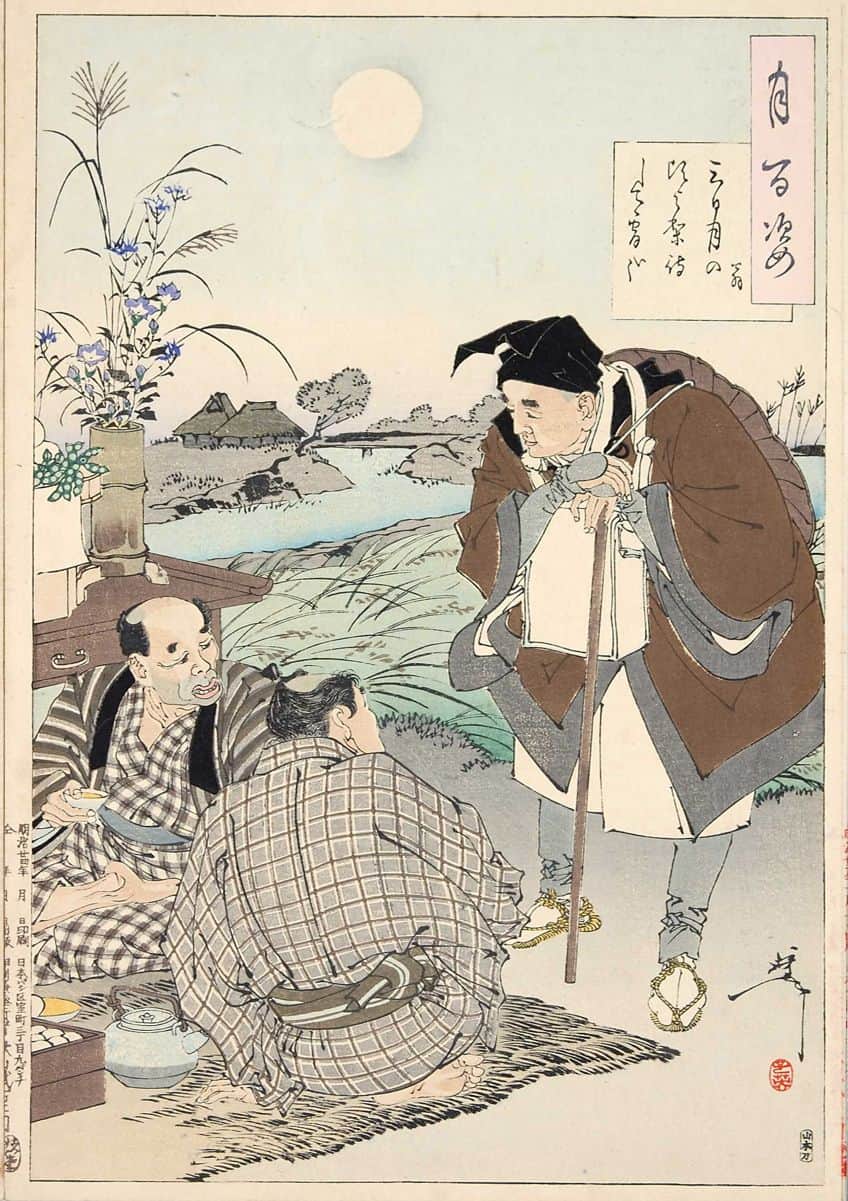
During the 19th century, haiku poetry began to spread outside of Japan, firstly to the Netherlands and later to France, and not long after that, to North America as well. In the early 20th century, poets like Ezra Pound (1885 to 1972) found haiku poetry to be very powerful and effective. His famous poem, In a Station of the Metro (1913), is regarded as one of the earlier American haiku poems. In the 1950s some of the best poets like R. H. Blyth started to offer Japanese haiku to English-speaking poets and readers.
Traditional Haiku and Modern Haiku
Many people are acquainted with traditional Japanese Haiku poems and are aware of the structure of the Japanese poem that contains three lines, with a syllable count of five in the first line, seven in the second line, and five in the third line. Today, there are still many people writing modern haiku poetry in English, or other languages that still insist that the syllable count of five-seven-five must remain with all their poems.
However, when writing modern-day haiku in another language, other than Japanese, the syllable count does not have to adhere to the traditional way of the five-seven-five structure, because syllables and words cannot be translated directly from another language into Japanese.
You do not even have to stick to a three-line structure, as many people write modern-day haiku in one or two lines. When writing traditional haiku, you do not capitalize your first word in a line, and you do not have to use any punctuation marks, because the lines of the poem do not complete a full sentence. The structure and style you choose to write in are completely up to you, and you can write what feels and sounds good to you. Remember, haiku is always revolving around nature, but there is also senryu, which is a form of haiku that revolves around emotion and behavior.
Examples of Haiku
Haiku has inspired poets to take note of their surroundings and become aware of ordinary moments that are meaningful. Nature has always been considered the perfect setting that can appeal to our mental state, where we can be completely content with ordinary simple things like a bird singing or the autumn leaves falling.
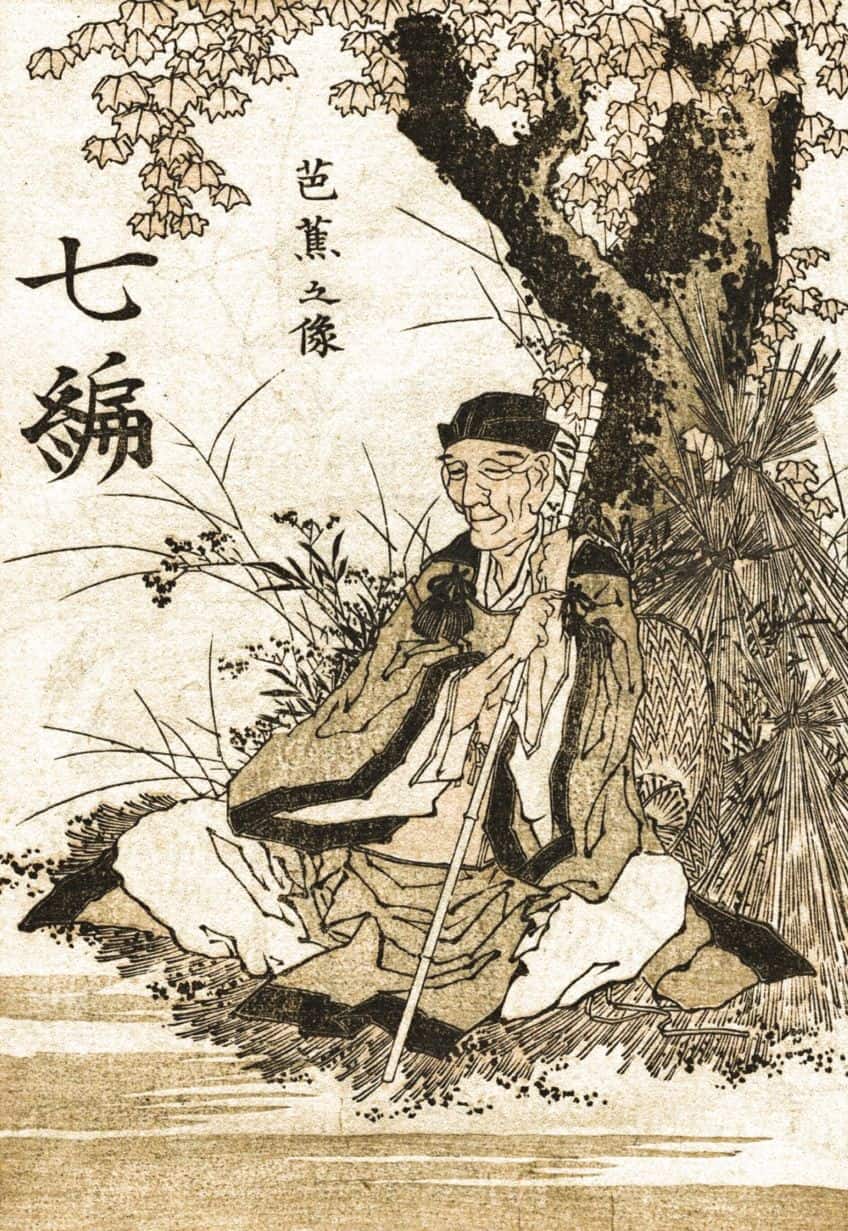
When writing in traditional Japanese haiku, nature is always the focal point. In these two examples below, we can see cherry blossoms speaking of the upcoming springtime, and the stars in the heavens painting a picture of a cool summer night.
| Poem | Poet |
| cherry blossoms fall! fall! enough to fill my belly | Written by Kobayashi Issa (1763 to 1828) |
| the lamp once out cool stars enter the window frame | Written by Natsume Soseki (1867 to 1916) |
Many haiku poets express some form of emotional response to things that they observe, which could be a simple thing like a laugh, or something a lot deeper, like a reflection on the nature of our existence.
From the following two examples, we will see how the poet expresses their feelings with just one image.
| Poem | Poet |
| even in Kyoto hearing the cuckoo I long for Kyoto | Written by Matsuo Basho (1644 to 1694) |
This poem was and is the image of a cuckoo, and upon hearing its sound, it arouses a deep yearning for the city, showing how one small image can stir up memories of the past. In the following example, the poet links insects, lovers, and the stars which can highlight a sense of separation and loss.
| Poem | Poet |
| don’t weep insects lovers, stars themselves, must apart | Written by Kobayashi Issa (1763 to 1828) |
During the 20th century, many American and European poets started writing haiku poetry in different languages like French, Italian, and English, and they tried to capture some of their emotional states in just a few words.
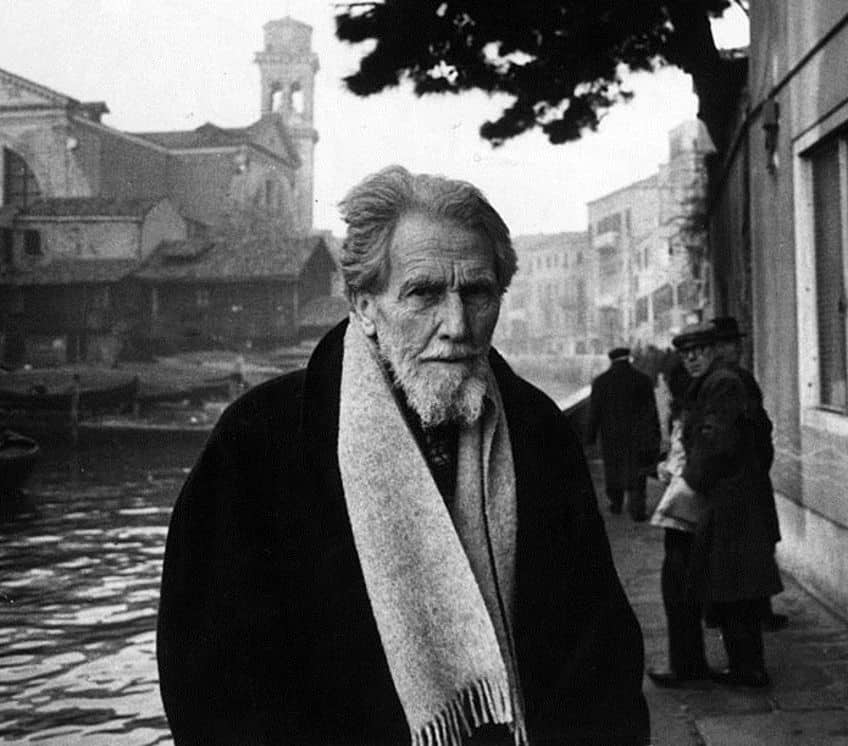
Some of these modern poets stayed with the traditional structure of haiku, with its five-seven-five syllables. However, many of them strayed from these traditional guidelines and structured their form of modern haiku poetry, see below.
| Poem | Poet |
| I am nobody: a red sinking autumn sun took my name away | Written by Richard Wright (1908 to 1960) |
| a blind musician extending an old tin cup collects a snowflake | Written by Nick Virgilio (1928 to 1989) |
| say no words time is collapsing in the woods | Written by Sonia Sanchez (1934 to present) |
How to Write a Haiku Poem
If you are interested in making an intense impact by just using a few words, then haiku poetry may be for you. However, writing haiku poetry can also be a little daunting, especially when you must write something so brief, and yet make it inspirational. Let us show you the basic process of creating haiku poetry.

What Are the Rules for Haiku?
Japanese haiku poetry has found popularity worldwide, and many poets firmly believe that the strict rules of haiku, if applied, can sharpen their writing skills. Haiku writing is also believed to be beneficial for writers involved in creative writing, or many other forms of literature that can include nonfiction as well as fiction. There is a basic structure or set of rules that need to be adhered to for most English language haiku poems.
- What verse form is used in haiku? The complete poem needs to contain only three lines, which will include 17 syllables in total.
- The first, as well as third lines, should consist of five syllables each.
- The second line should then have several syllables.
- The lines do not have to rhyme; most never rhyme at all.
- Capitalization of letters and punctuation marks are at the poet’s discretion, and there are no rules to be followed to structure sentences.
- The poem can contain repetitive sounds or words.
- Traditional haiku poetry requires “kireji” (cutting words) that are spoken words instead of symbols, and they have no logical definition or meaning.
- Traditional haiku poetry should also include “Kigo”, which is a phrase or word that has reference to one of the four seasons.
Many poets believe that these strict rules of haiku need to be followed and never broken, and if you are a beginner in haiku poetry, you should stick to the rules as they will be a great help for you when you write these types of poems.
Consider Nature
Since the traditional Japanese haiku is all about nature, it may be a good idea to go for a walk in the park or the forest, as nature is an excellent environment where you can capture ideas. If you are unable to walk in the forest, then look at some photographs or a video, or even listen to some music of nature.
Now you need to meditate on what is going on around you and capture it in your mind in the present tense and focus on that moment, observing every single detail that you can remember.
It is also a big help to forget everything else and zoom in on a single experience. For example, looking beyond the forest and focusing on that one leaf floating to the ground. If you feel you do not want to write about nature, then there is “senryu”, which is another form of haiku, but its emphasis is more on humanity and involves emotions and behavior.
Write It Down
Wherever you go, you need to carry a notebook with you so you can jot down what you see, your dreams, and whatever thoughts pop up in your mind. Make sure you write everything down no matter how insignificant it may seem to you, even if they do not seem to relate to each other.

Describe the moments you experience using sensory words, which may be a list of words or one single phrase. Try to include all five senses or as many as you can. Also, try to stick to using short words when describing a falling leaf, like brown, dry or crunchy, and do not worry if they do not rhyme. Also, make use of “kigo” or seasonal words like the names of the seasons or the months of the year, and include words that relate to the weather, or words involving the light or the atmosphere, like cool, dusk, harvest, and so on.
Drafting Your Haiku Poem
When you start to write your haiku poem, choose two distinct images that you have collected, as this is the essence of a good haiku poem. The comparison or combination of these two images can reveal an enlightening and surprising relationship between them.
You need to include two images that can be anything that you have on your list, but they must remain distinct from each other. This could refer to the leaf falling to the ground as your first image, and the second image could be a gust of wind.
When writing your poem, you need to include a “kireji” or cutting word, which is a kind of punctuation in traditional haiku poetry and is often used to add emphasis or change of scene. It can be used at the end of the first as well as third lines to help highlight a certain contrast. It can also be used amid the second as well as third lines, indicating a change of scene.
However, there is no direct equivalent in the English language for these words, which makes it very difficult to write a proper haiku poem. Instead of using a “kireji” word you can just use a punctuation mark, emphasizing the contrast within your poem.

Try as much as possible to remain within the traditional Japanese structure of five-seven-five. Let us explain this by using the example of the falling leaf. In the first line, the leaf is still clinging to the branch of the tree; in the second line, a gust of wind causes it to fall, and in the third line, it can be something to do with the dying leaf. Now you can read your haiku poem out loud to hear how it sounds, then you can revise your poem, play around with the words, and see if you can improve on them. Lastly, you can share it with friends and family members.
From medieval Japanese poets, right down to modern-day writers, haiku poetry remains popular amongst poets and writers. As long as we have life and nature with us, there is an endless source of inspiration for us to draw from!
Frequently Asked Questions
What Is a Haiku Poem?
A haiku poem is written when the writer has a sense of enlightenment or illumination and is normally written in three short lines of seventeen syllables. It is usually written in the present tense, with pauses at the end of each line, and does not have to rhyme.
What Verse Form Is Used in Haiku?
The traditional form is a Japanese poem in three lines and has a five-seven-five syllable structure. However, in these modern times and for all other languages, the structure is rather for sound counts than syllable counts.
Can You Use Punctuation Marks When Writing Haiku?
When writing modern-day haiku, punctuation marks and capitalization can be used. This will help the flow of the poem, and the inclusion of either of these is entirely up to the writer.
Jaycene-Fay Ravenscroft is a writer, poet, and creative living in South Africa with over 6 years of experience working in a contemporary art gallery. She completed her Bachelor of Arts degree, majoring in Art History and Ancient History at the University of South Africa, with additional subjects in Archaeology and Anthropology.
With a passion for learning, Jaycene-Fay is very much inspired by symbology and the connection between everything in this world. Trained to analyze and ‘critique’ art, she is passionate about exploring the meaning behind each artwork she encounters and understanding how it connects to the artist’s cultural, historical, and social background. Writing is Jaycene-Fay’s way of having a finger in every pie: to research, share knowledge, and express herself creatively.
Learn more about Jaycene-Fay Ravenscroft and the Art in Context Team.
Cite this Article
Jaycene-Fay, Ravenscroft, “What Is a Haiku? – The Art of Writing Japanese Haiku Poetry.” Art in Context. March 7, 2023. URL: https://artincontext.org/what-is-a-haiku/
Ravenscroft, J. (2023, 7 March). What Is a Haiku? – The Art of Writing Japanese Haiku Poetry. Art in Context. https://artincontext.org/what-is-a-haiku/
Ravenscroft, Jaycene-Fay. “What Is a Haiku? – The Art of Writing Japanese Haiku Poetry.” Art in Context, March 7, 2023. https://artincontext.org/what-is-a-haiku/.


